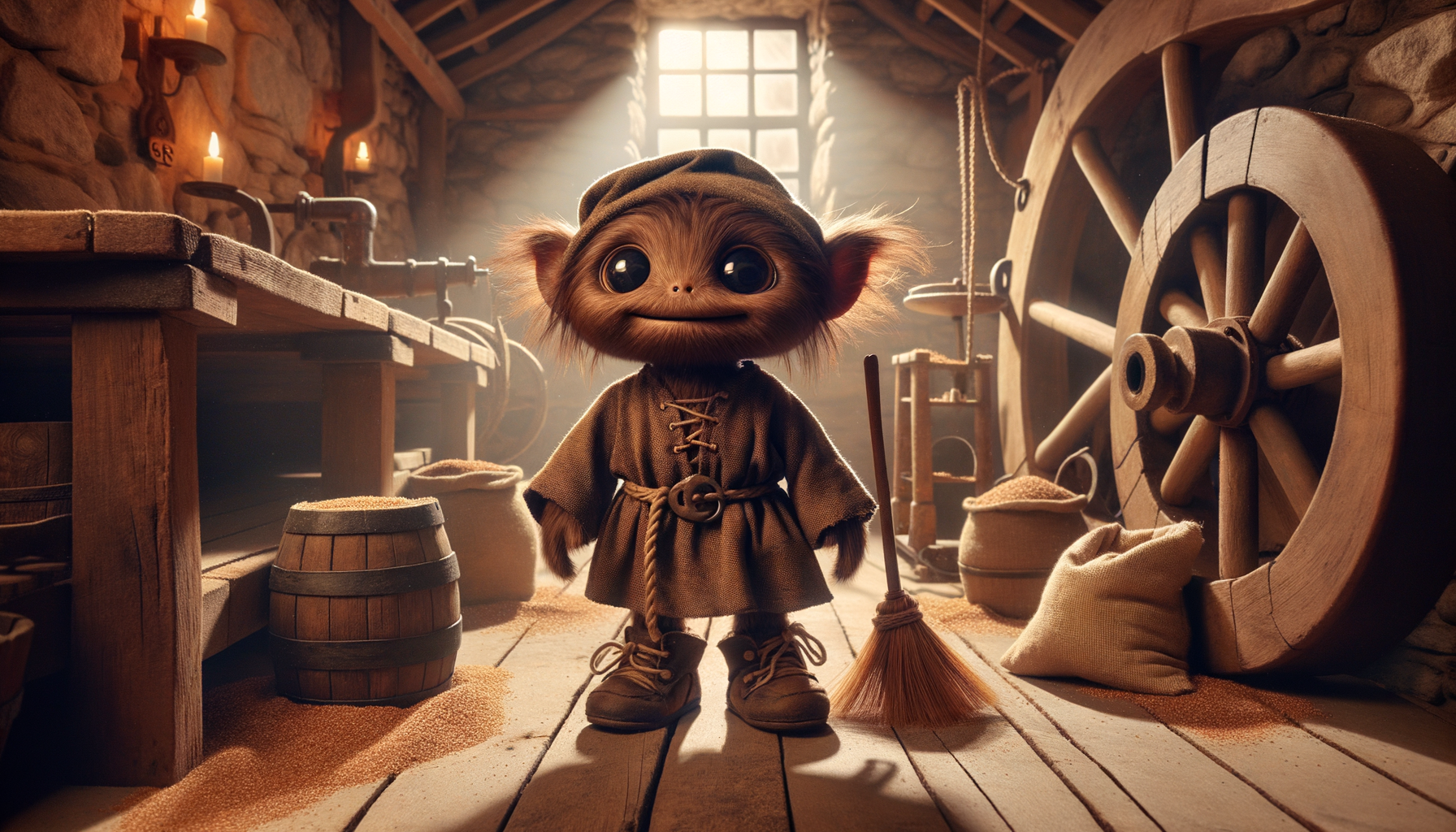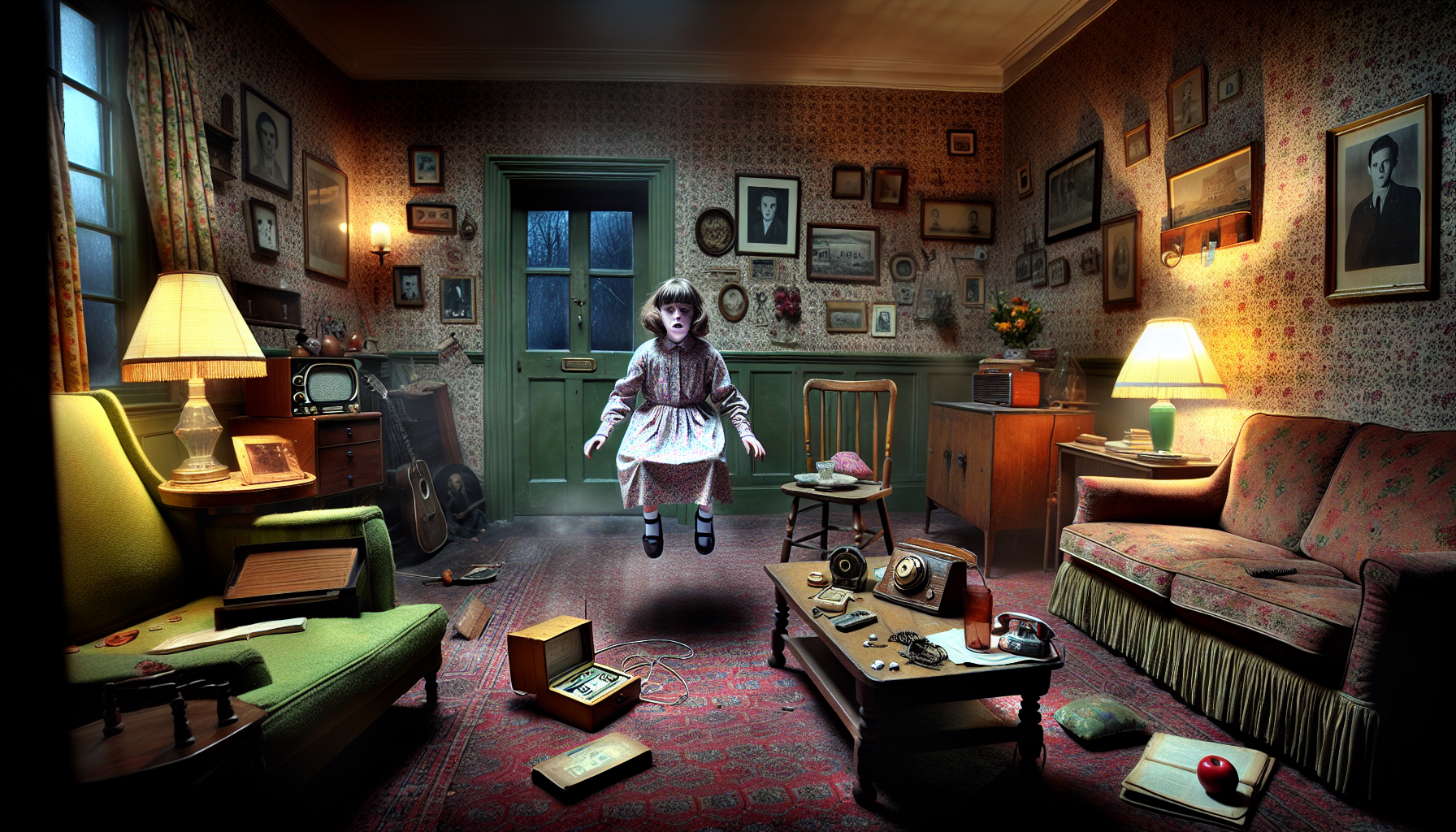Have you ever heard of the Scottish Kilmoulis? It’s one of those fascinating creatures that lurk in the shadows of Scottish folklore. Imagine a being with no mouth, famed for its mischievous nature—it’s intriguing, right? Join us as we delve into the depths of this enigmatic figure. From its unique physical traits to its cultural significance, we’re about to uncover everything you need to know about the Scottish Kilmoulis!
What is the Scottish Kilmoulis?
Let’s dive into the fascinating world of the Scottish Kilmoulis. Often described as a household spirit, the Kilmoulis is a creature deeply embedded in Scottish folklore. This entity is known for its unique characteristics and mischievous nature.
The term “Kilmoulis” itself has intriguing origins. It derives from the Scottish Gaelic language, with “kil” referring to a cell or church and “moulis” meaning a miller or mill worker. This etymology hints at the creature’s association with mills and rural life.
The first known mentions of the Kilmoulis can be traced back to Scottish folklore and literature from several centuries ago. These early sources provide a glimpse into how this creature has been perceived and depicted over time.
Physical Description and Traits
The Kilmoulis is quite the character when it comes to physical appearance. One of its most unique features is its mouthless face. Instead of a mouth, it is said to have a large, gaping nose that it uses for both breathing and eating. This distinctive trait sets it apart from many other folklore creatures.
In terms of stature, the Kilmoulis is typically described as small, often no taller than a young child. Its small size allows it to move swiftly and stealthily, making it a master of mischief.
Artists and writers have depicted the Kilmoulis in various ways over the years. In art, it is often portrayed with exaggerated features, emphasizing its mouthless face and prominent nose. Literature, on the other hand, tends to focus on its mischievous and helpful nature, painting a picture of a creature that can be both a nuisance and a boon.
When compared to other folklore creatures, the Kilmoulis stands out due to its unique physical traits and its specific association with mills and rural life. While other household spirits exist in different cultures, few share the Kilmoulis’s distinctive characteristics.
Legends and Stories Featuring the Kilmoulis
The Kilmoulis has many legends and stories woven around it. One popular tale involves a miller who was constantly plagued by the creature’s pranks. Despite the miller’s frustration, the Kilmoulis would often help with the milling tasks, making it a paradoxical figure of both trouble and assistance.
In Scottish folklore, the Kilmoulis often occupies a role similar to that of a brownie or household spirit. It is believed to bring good fortune to those who treat it well, but it can also cause havoc if disrespected. This dual nature makes it a compelling figure in household myths.
When compared to other folklore creatures around the world, the Kilmoulis shares similarities with entities like the Scandinavian Nisse or the German Kobold. However, its unique physical traits and specific cultural context set it apart, making it a distinctive figure in global folklore.
Cultural Significance in Scottish Tradition
In rural and farming communities, the Kilmoulis holds a special place. It is often seen as a guardian of the mill, ensuring that everything runs smoothly. Farmers and millers would leave offerings of food to appease the Kilmoulis and secure its favor.
Symbolism and interpretations of the Kilmoulis vary, but it is generally viewed as a symbol of the unpredictable nature of life. Its dual role as both helper and trickster reflects the balance of good and bad fortune that people experience.
The influence of the Kilmoulis extends into modern Scottish culture as well. While it may not be as widely recognized today, it still appears in local tales and cultural references, serving as a reminder of Scotland’s rich folkloric heritage.
Sightings and Historical Accounts
Over the years, there have been numerous documented sightings and anecdotes involving the Kilmoulis. These accounts often come from rural areas where mills were a central part of life. While some stories are likely exaggerated, they contribute to the creature’s mystique.
Researchers and historians have taken an interest in the Kilmoulis, studying its origins and significance in Scottish folklore. Notable scholars have delved into historical texts and oral traditions to piece together the creature’s history.
In contemporary times, belief in the Kilmoulis varies. While some view it as a charming piece of folklore, others remain skeptical, attributing sightings to imagination or misinterpretation. Regardless of belief, the Kilmoulis continues to be a fascinating topic of discussion and study.
Conclusion
The Scottish Kilmoulis is more than just a mythical creature; it’s a symbol of Scotland’s rich cultural heritage. From its unique characteristics to the tales that have been passed down through generations, the Kilmoulis remains a fascinating subject for folklore enthusiasts. So, whether you’re a history buff or someone intrigued by mythical beings, the Kilmoulis offers a window into the mystical side of Scotland. Dive into more of our articles on Scottish folklore to continue your journey into the past!




